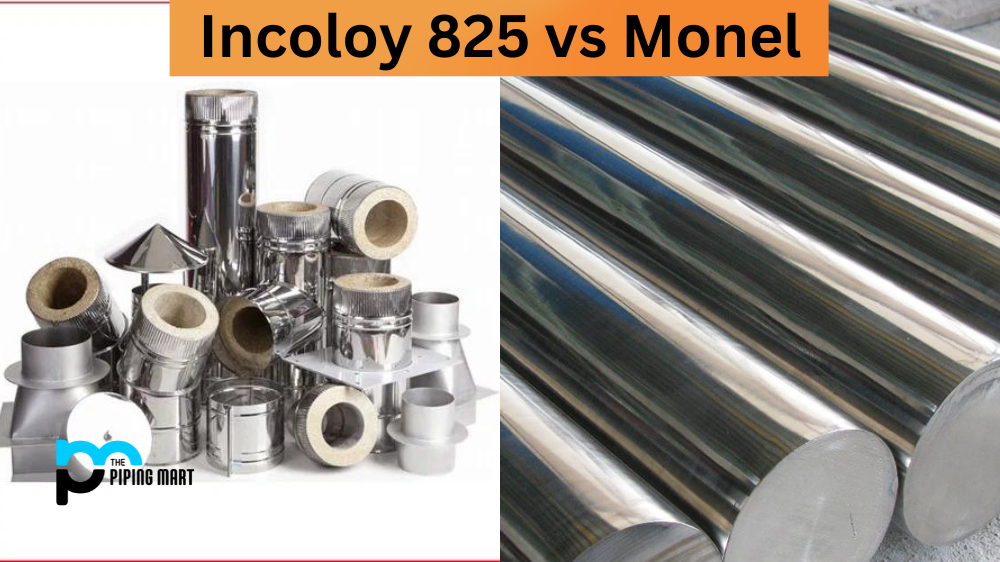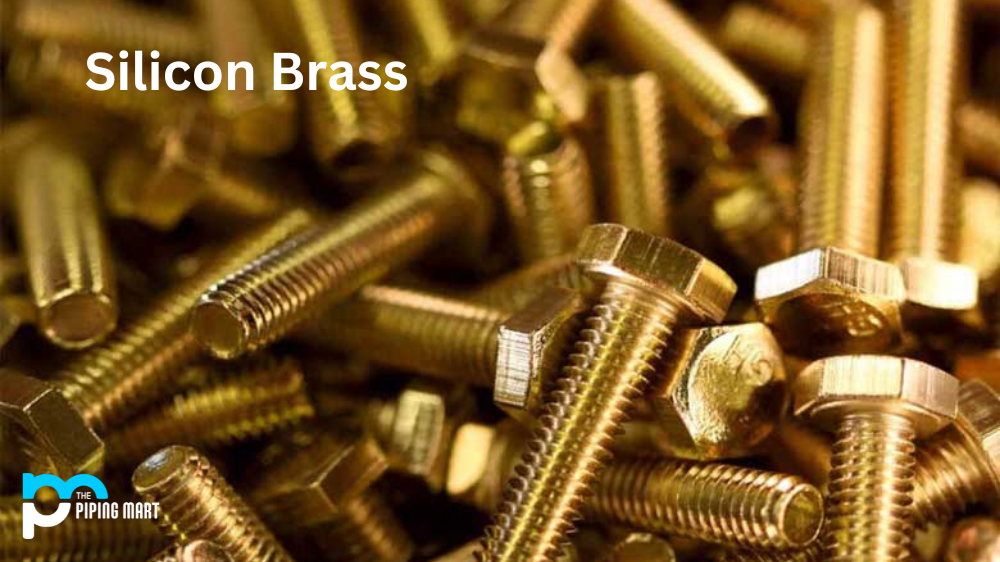When choosing the right material for your application, particularly in harsh environments where corrosion is a major concern, selecting the appropriate alloy is crucial. Two of the most popular choices are Incoloy 825 and Monel. While both are nickel-based, they have distinct differences. In this article, we’ll compare and contrast Incoloy 825 and Monel to help you make an informed decision.
What is Incoloy 825?
Incoloy 825 is a nickel-iron-chromium alloy with molybdenum, copper and titanium additions. It is highly resistant to corrosion in reducing and oxidizing environments and is especially suited for sulfuric, phosphoric and acetic acids. Its resistance to pitting from chloride ion stress cracking makes it ideal for marine applications.
What is Monel?
Monel is an alloy of Nickel, Copper and other elements which offers superior strength and corrosion resistance. It exhibits excellent mechanical properties at high temperatures, making it ideal for marine applications such as fasteners, propellers, hulls and other parts exposed to seawater. Additionally, Monel also makes a great electrical conductor.
Difference Between Incoloy 825 and Monel
Composition and Properties
Incoloy 825 is an austenitic nickel-iron-chromium alloy containing copper, molybdenum, and titanium. It is highly resistant to corrosion from various sources, including sulfuric acid, phosphoric acid, and seawater. It also has good mechanical properties, such as high tensile strength, fatigue resistance, and impact strength. On the other hand, Monel is a nickel-copper alloy that contains smaller amounts of iron and other elements. It is known for its corrosion resistance, especially in highly acidic environments. Monel also has excellent tensile strength, flexibility, and thermal conductivity.
Applications
Incoloy 825 is commonly used in industrial and marine environments, where high temperatures, pressure, and corrosion are a concern. It is often used in processing equipment such as heat exchangers, tanks, and piping systems. It is also used in marine applications such as seawater cooling systems, desalination plants, and offshore oil and gas production. Monel, on the other hand, is commonly used in chemical processing and marine applications. Some examples include pumps, valves, and fittings for handling highly corrosive chemicals such as hydrofluoric acid and sodium hydroxide.
Welding
Incoloy 825 can be welded using various methods, such as gas tungsten arc welding (GTAW), gas metal arc welding (GMAW), and shielded metal arc welding (SMAW). However, since it is a nickel-based alloy, it requires special care to prevent cracking and distortion during welding. Monel is also weldable but prone to hot cracking during welding. Preheating, post-weld heat treatment, and filler materials with low melting points are often used to prevent this.
Cost
In terms of cost, Incoloy 825 is generally more expensive than Monel due to its higher nickel content. However, the cost may vary depending on the part or application’s size, shape, and complexity.
Conclusion
Choosing between Incoloy 825 and Monel depends on the specific requirements and conditions of the application. While Incoloy 825 offers excellent corrosion resistance and mechanical properties in harsh environments, Monel is preferred in highly acidic environments. Choosing the right welding method and filler material is also crucial to prevent cracking and distortion during welding. Finally, while Incoloy 825 is generally more expensive than Monel, the cost may vary depending on the specific application. Understanding the differences between these two alloys can help you make an informed decision and ensure optimal performance and longevity of your equipment.
Rachana is a dedicated and ambitious young woman who has made a name for herself in the metal industry. From her earliest days in the industry, Rachana showed a natural talent for problem-solving and a keen eye for detail. In her free time, She enjoys reading up on the latest advancements in the industry, as well as exploring new ways to innovate and improve upon existing processes.




